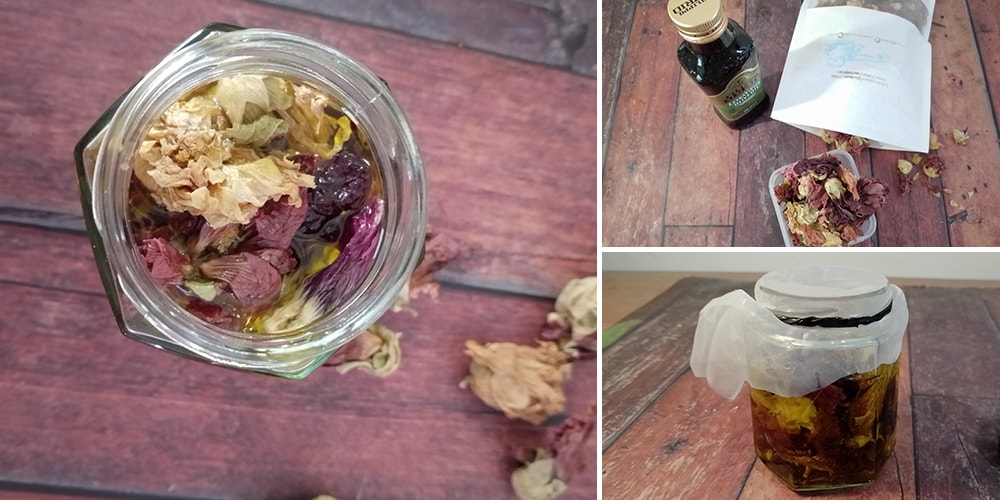
Violet Oil for Deep Sleep
Who doesn’t love the romantic vibe of the dainty sweet violet flowers?
These purple blooms carpet the meadows and shade garden from late winter to early spring. Their attractive heart-shaped flowers have downy green leaves that pop out in the shade.
Sweet violet (Viola odorata) is one of the most versatile plants you can cultivate around borders, ground covers and container plants. Aside from its lush bloom, sweet violet also emits a peculiar smell.
Peculiar because sweet violet has an elusive smell that you can sniff in brief intervals. You can smell it only for a few moments and then they are gone. Science has an explanation for it. Sweet violet contains beta-ionone, a compound that desensitizes the nose and temporarily shuts down the sense of smell. After the sense of smell recovers, you can breathe in its powdery and floral scent once again.
Uses of Sweet Violet
Sweet violet is an attractive ornamental but not everyone appreciates its benefits beyond that. Sweet violet is a potent herb and all of its parts have useful medicinal value.
The plant contains salicylic acid which is useful as a disinfectant and tissue solvent. It makes the sweet violet very effective against skin diseases including warts and corn. Viola oil, which is extracted from sweet violet, is used as a base oil or essential oil for treating dermatitis and eczema.
In homeopathic medicine, sweet violet is used for treating worm infections, gastrointestinal problems and respiratory ailments. That’s because of the anodyne, demulcent, purgative, diaphoretic and expectorant properties of the sweet violet.
Sweet violet is also seen as a potential herb for treating breast cancer. Violet flowers blended with olive oil are used for treating tinnitus and deafness. The same method of preparation for sweet violet can treat insomnia when used as a nasal drop.
Sweet Violet Nasal Oil Drops for Insomnia
A randomized study that evaluates the use of sweet violet nasal drops for insomnia yielded positive results. It is a traditional Iranian herbal remedy. However, it is more effective in improving sleep quality than sleep quantity.
My bouts of insomnia made me more eager to try the nasal drops myself. I prepared the sweet violet oil and used it as nose drops. I can say it does the job well, I was able to sleep through the night and woke up without the groggy feeling.
I did find a few shops online selling small increments of the sweet violet in its dried form. I bought a bigger package both for making the oil and taking it as tea. Sweet violet tea is also laden with health benefits for treating cough, fever, sore feet and urinary blockage.
Other Uses of Sweet Violet Oil
There are plenty of ways you can safely use the infused sweet violet oil.
- Apply the oil on eczema and other skin issues.
- Lather the oil to moisturize dry skin.
- Use it as a massage oil.
- Prepare a natural deodorant.
- Use it as an overnight leave-on conditioner for hair and wash it in the morning to manage dry hair.
- Massage violet oil on areas affected with arthritic pain.
- Intranasal drops can also relieve dry eyes.
- Ease hemorrhoid inflammation.
- Gargle to relieve tonsillitis and mouth infections.
- Massage oil to alleviate carpal tunnel syndrome.
Violet Oil for Deep Sleep Recipe
The fresh leaves and flowers of sweet violet are effective when used as an herbal medicine. For this infused oil, I am using dried sweet violet flowers which are also equally effective when prepared properly.
It also needs oil to infuse and macerate the flowers to extract their therapeutic properties. Make sure that the oil is safe for nostril application and that you are not allergic to it. You can use sesame oil, coconut oil, sweet almond oil, jojoba oil or olive for it.
Olive oil is the most popular oil for homemade oil infusions. Understandably because it is available in the pantry most of the time. You can use cold-pressed olive oil, pure olive oil or extra virgin olive, depending on your choice or aroma.
Between pure olive and EVOO, I prefer the latter. Hence, that is what I am using in this recipe.
The oil not only serves as the infuser and carrier for the sweet violet, but also plays a part in moisturizing the nose and soothing the nasal passages.
Olive oil is best for dry noses and may even help with snoring when applied thinly on the nostrils. It is antibacterial, antiviral and antifungal, making it safe for nose application.
On a side note, bacteria and viruses that can harbor in the nose can risk infections like meningitis. That is why you need to be careful with your water and salt when preparing a saline solution for nasal irrigation. Make sure everything is clean and hygienic and use only sterilized equipment while preparing this recipe.
⇒ 100-Year-Old Way to Filter Rainwater in A Barrel (Video)
You will need:
- Sterilized glass jar
- Piece of cloth for jar cover
- Rubber band
- Funnel
- Fine sieve or cheesecloth
- Amber bottle with dropper
- A handful of dried sweet violet flowers
- 100 ml Extra Virgin Olive Oil
Steps:
- Place the dried sweet violet flowers in a clean and dry jar and pour the oil over them.
 Secure the mouth of the jar with a cloth and a rubber band. This will cover the infusion while allowing it to breathe at the same time.
Secure the mouth of the jar with a cloth and a rubber band. This will cover the infusion while allowing it to breathe at the same time.
- Place the jar in a cool and dark place, shaking occasionally. In cases where it starts to evaporate, add more oil just enough to cover the flowers.
- After four weeks, take the jar and strain the mixture into a bottle and cap it with a dropper.
Alternatively, you can do the following steps if you do not want to wait four weeks for the infusion to be ready.
- Place the dried flowers and oil in a double boiler.
- Bring it to a simmer for 5 to 6 hours with a temperature not exceeding 60⁰C.
- Remove the oil and use it as a carrier to infuse more sweet violet flowers.
- Repeat the process at least 3 times.
- You can simmer it more to achieve a milder scent and darker oil infusion.
- Strain the infusion into an amber bottle.

Note: The infusion can rot when using fresh sweet violet flowers and leaves, especially when left for weeks to infuse. To prevent it, dry the freshly-picked plants to half their weight. Make sure that there is no water in the herb or the jar when you start infusing. Water in the infusion makes the oil grow moldy and become rancid. That is why I often stick to dried herbs when making oil infusions.
Storage: Protect the oil from heat and light. The quality will be better for a longer period if stored in the refrigerator or freezer. Refrigeration will slow bacteria growth.
How to Use:
Using the dropper, drop 3 to 5 drops of sweet violet oil into the nostril. Gently squeeze the nostril close for the oil to spread throughout. Repeat on the other side.
Do this every night before going to bed whenever insomnia, colds and dry nose condition is bothering you. Sweet violet nose drops are safe for use for up to 30 days.
Takeaway
Sweet violet is safe when taken in food amounts or as nose drops. It is also possibly safe when applied on the skin with no known risk of allergies. However, people react differently to herbs so make sure you are not allergic to a certain plant before using it. Apply a patch test on a small portion of the skin to be sure.








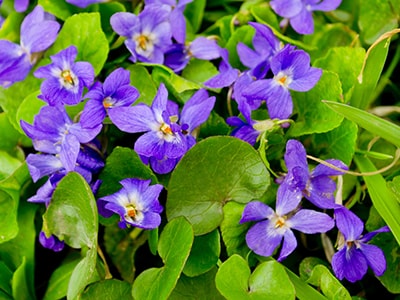
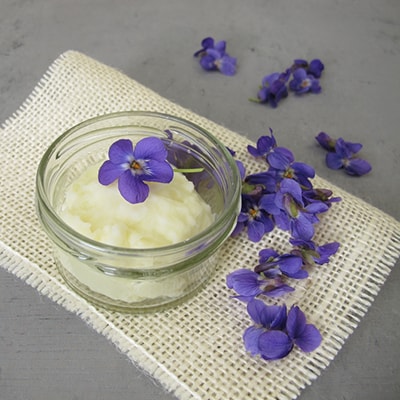

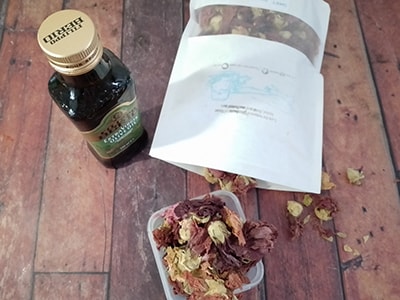
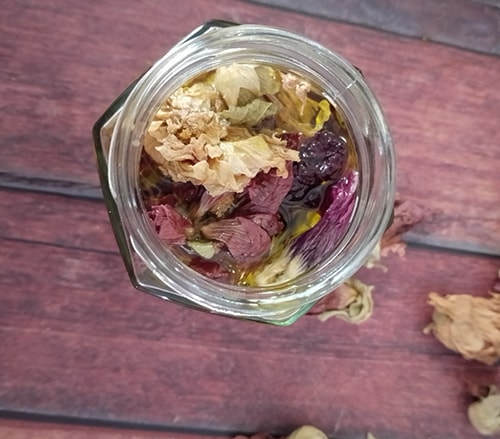 Secure the mouth of the jar with a cloth and a rubber band. This will cover the infusion while allowing it to breathe at the same time.
Secure the mouth of the jar with a cloth and a rubber band. This will cover the infusion while allowing it to breathe at the same time.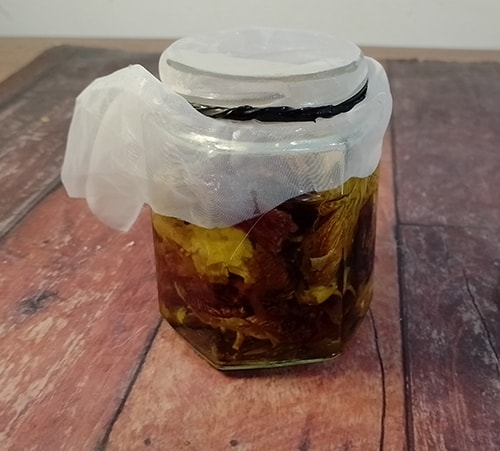
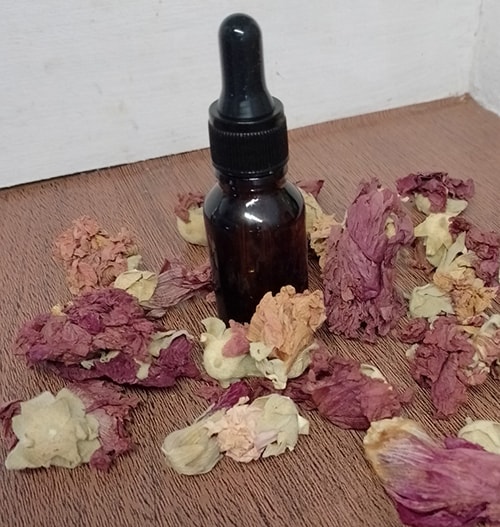
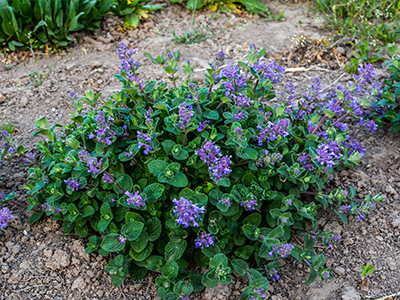
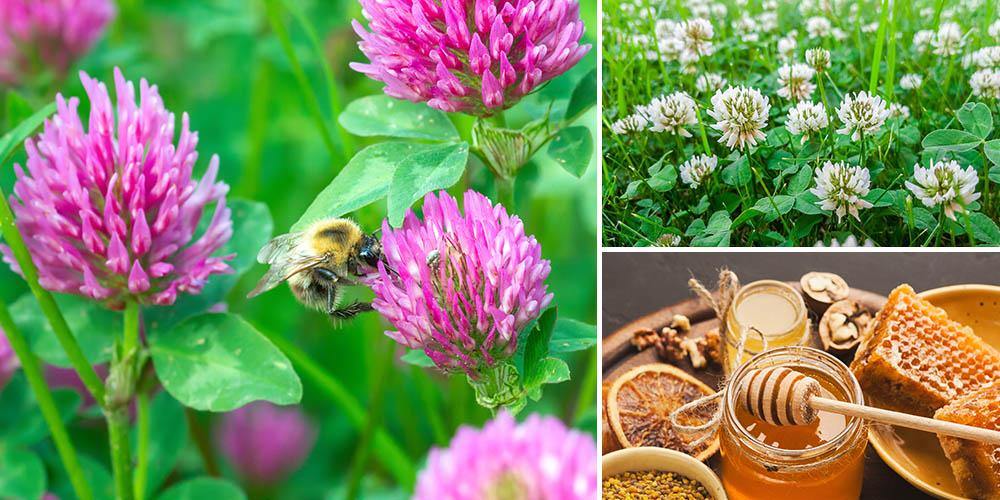
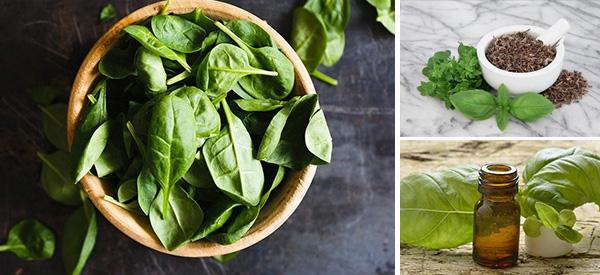
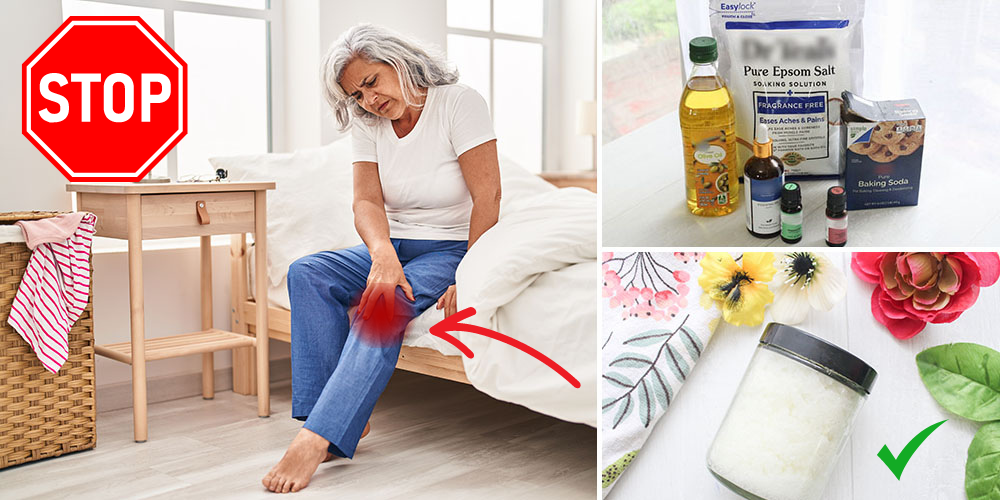
Are you referring to the small wild blue violets as sweet violet? The flowers in your photos look like Pansies.
Are they interchangable?
Can you use the leaves for the same purpose after blooms are no longer available?
Those are definitely wild violets. Wish this information was posted 3 months ago when the flowers were in bloom.
I am eager to try the oil infused with sweet violet flowers. The article was a bit confusing, going from the violets that show up in my yard as weeds then switching to “sweet violet” flowers. Are they the same?
Mountain Rose sells dried leaves of “viola tricolor”. would that work? Can you recommend a source for flowers? Thank you
Hello,
I think that ‘viola tricolor’ is a form of pansy. Sweet violets ‘viola odorata’. Not quite the same thing, however, I believe that they are ‘related’. I would use ‘viola odorata’, as this is what I believe Nicole is using to make the oil. ‘Viola odorata’ generally have that typical ‘violet’ scent from which they used to make perfumes. Hope this helps.
Im also finding it difficult to find organic dried violet flowers. A source would be awesome.
JerbCo.com
Herbco.com
This is my favorite flower. In the spring I’ve made a tea of this flower then mixed it with lemonade. It is beautiful. I have a chronic cough. Very interesting article. Thank you 🙂